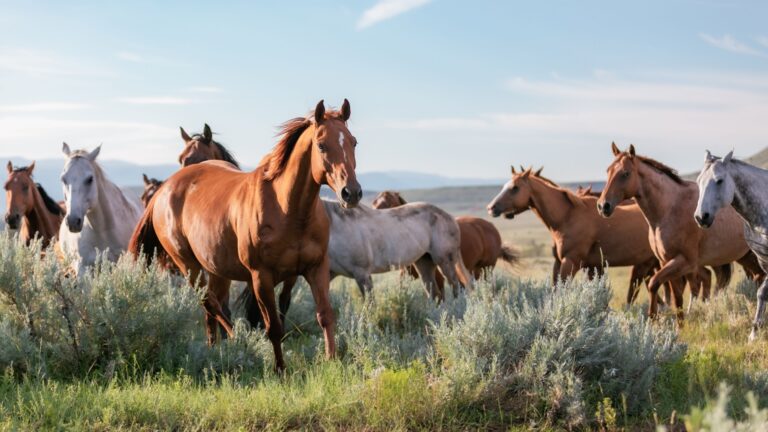Catching Bull Bluegills: Expert Tactics That Work
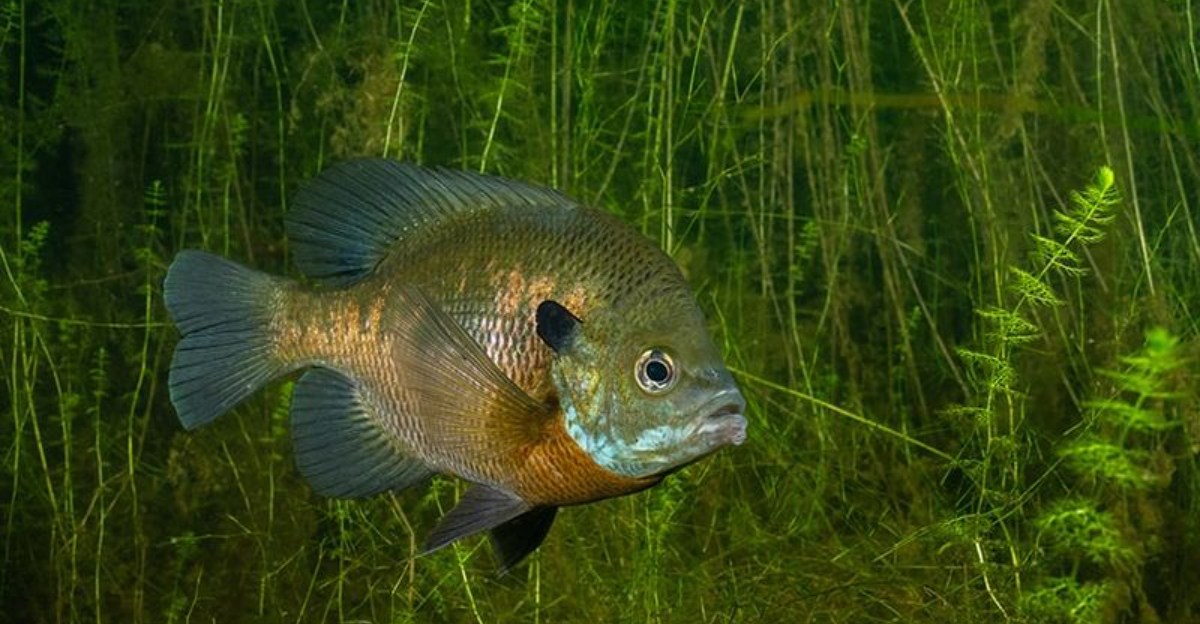
Trophy bluegills are like underwater treasure – elusive, beautiful, and worth every minute spent pursuing them. These plate-sized panfish put up a surprising fight for their size and make excellent table fare.
Whether you’re a seasoned angler or just starting out, these expert tactics will help you land more bull bluegills on your next fishing trip.
1. Find Spawning Beds
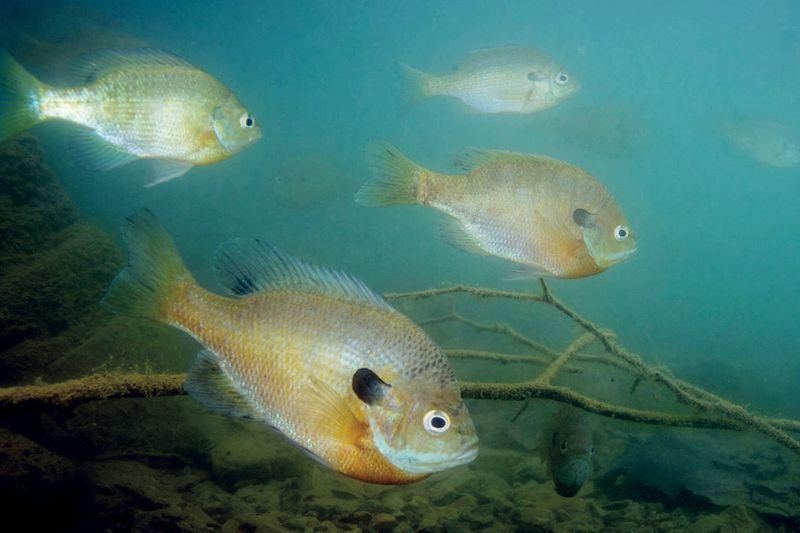
During late spring and early summer, massive bluegills create distinctive circular nests in shallow water. These spawning beds look like dinner plates pressed into the bottom.
Males guard these nests aggressively, striking at nearly anything that approaches. This territorial behavior makes them vulnerable to properly presented baits.
2. Downsize Your Tackle
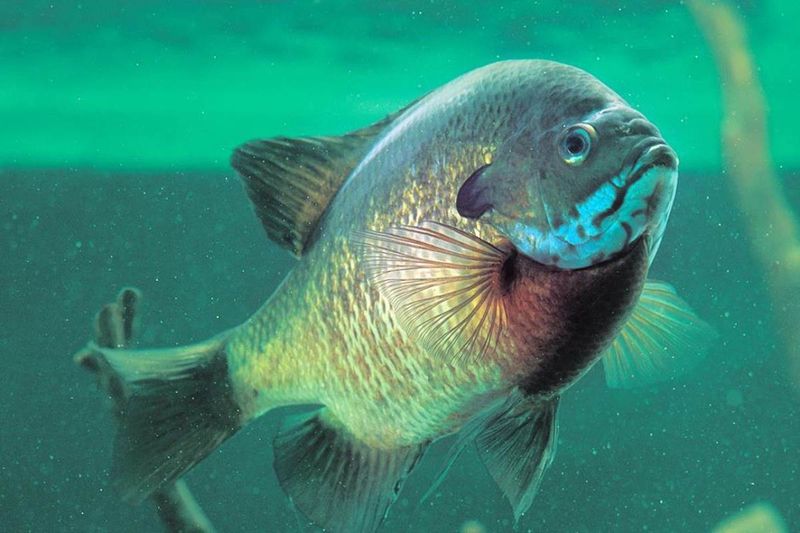
Trophy hunters often make the mistake of using equipment that’s too heavy. Light tackle with 2-4 pound test line and ultralight rods create less disturbance in the water.
Smaller hooks (#8-12) ensure proper presentation and easier hook-sets in a bluegill’s small mouth. Remember, the biggest bluegills got that way by being cautious!
3. Master The Bobber Pause
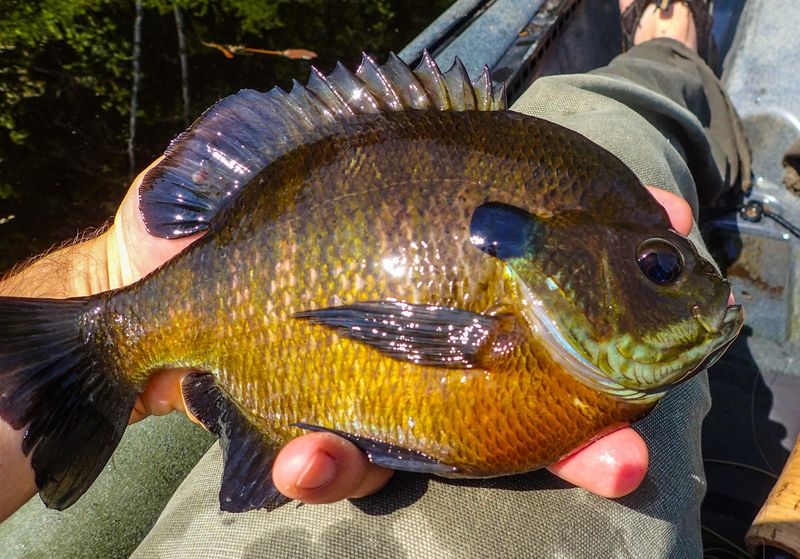
Hanging your bait beneath a bobber isn’t just for beginners – it’s a highly effective technique when executed properly. The key? Patience after casting.
Allow your bait to sit motionless for 30-60 seconds before making any adjustments. Big bluegills often check out still baits once the initial splash has calmed. Their curiosity gets the better of them.
4. Try Live Cricket Bait
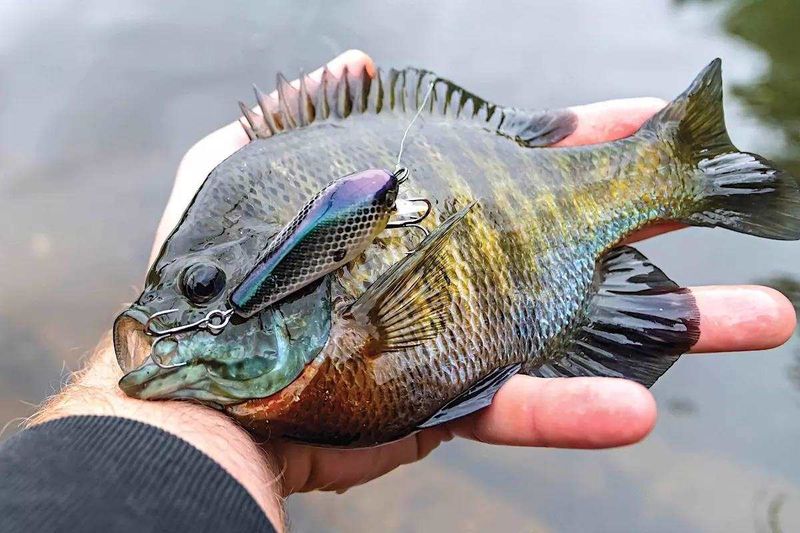
Crickets drive bull bluegills absolutely wild! Hook them lightly through the back behind the head to keep them lively and kicking in the water.
The natural movements and familiar silhouette trigger aggressive strikes. For extra appeal, crush the cricket slightly before hooking – this releases scent that draws in bluegills from greater distances.
5. Fish Deep Structure In Summer
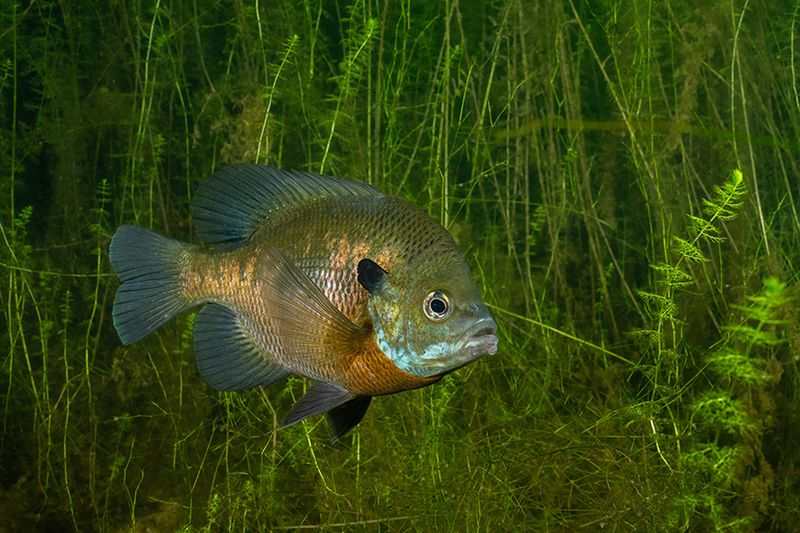
When temperatures soar, bull bluegills retreat to cooler, deeper waters near structure. Submerged logs, brush piles, and weed edges in 10-15 feet become prime territory.
Use a split shot to get your bait down quickly to these deeper haunts. The biggest bluegills often claim the prime spots within these underwater structures, making targeted fishing worthwhile.
6. Work The Weed Edges
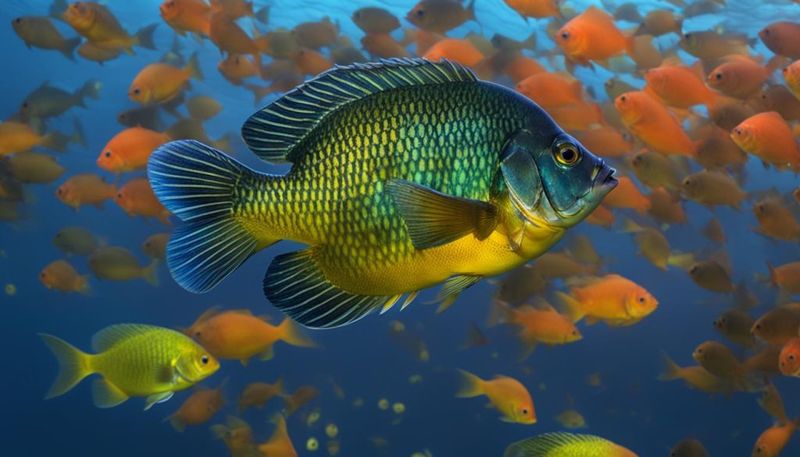
Weed lines create perfect ambush points where bluegills wait for food. The intersection of weeds and open water forms a highway of feeding opportunities.
Cast parallel to these edges rather than perpendicular. This keeps your bait in the strike zone longer. Morning and evening see increased activity along these natural boundaries as bluegills move in to feed.
7. Use Tiny Jigs
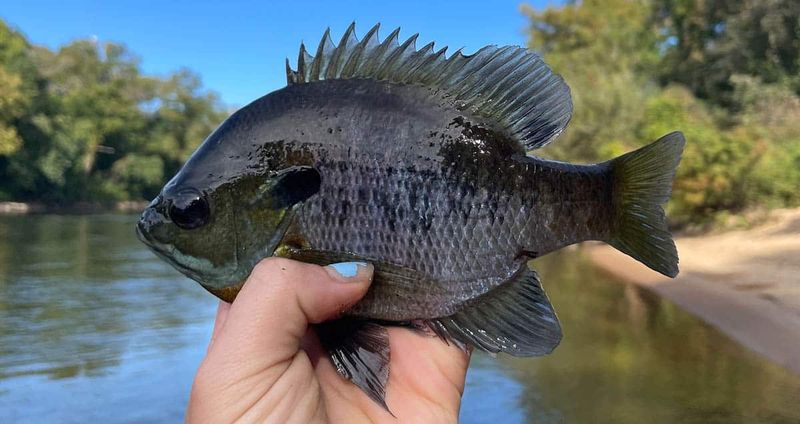
Micro-jigs in the 1/80 to 1/32 oz range mimic the small invertebrates that bull bluegills naturally feed on. Colors like black, brown, and olive match natural prey items.
The subtle action of these lightweight lures triggers strikes when other presentations fail. Tipping with a small piece of worm or artificial scent adds extra appeal without overwhelming the natural presentation.
8. Go Finesse With Fly Fishing
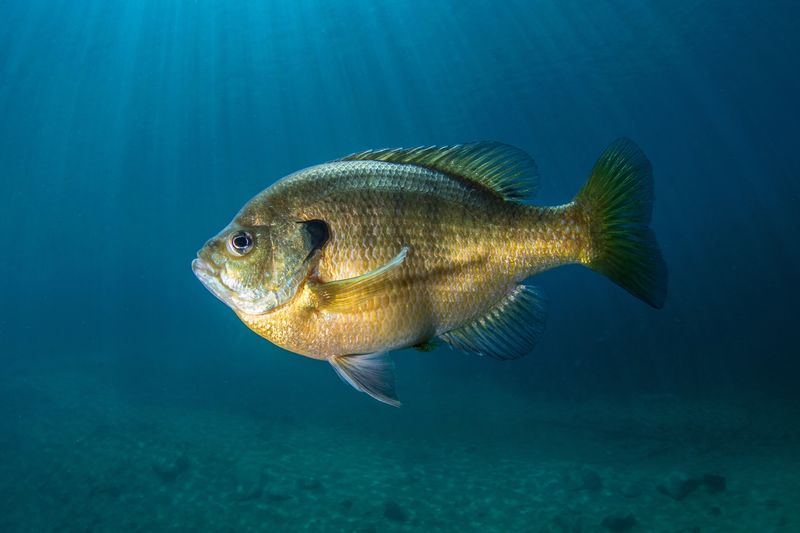
Fly fishing unlocks a whole new dimension for targeting trophy bluegills. Small poppers and wet flies in sizes 10-14 perfectly match their natural food sources.
The gentle presentation of a fly lands with minimal disturbance, crucial for fooling wary bulls. Early mornings with calm water create perfect conditions for watching these panfish rise to take a surface fly.
9. Hunt The First Ice
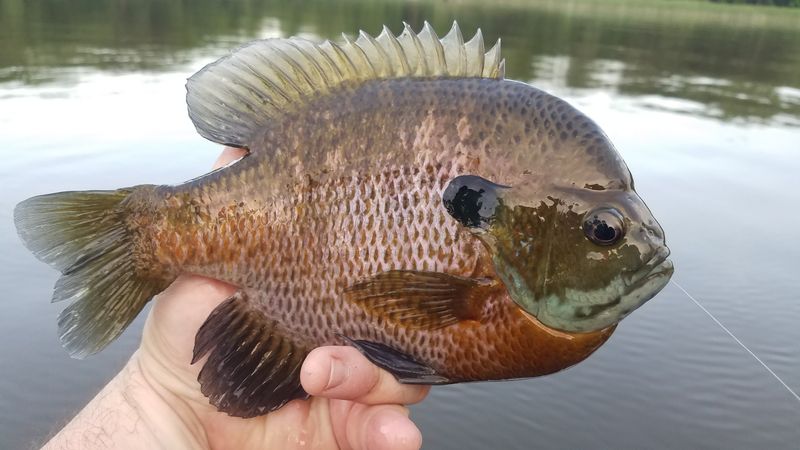
First ice offers a magical window for catching the biggest bluegills of the year. The water beneath early ice contains plenty of oxygen while fish still feed actively.
Mobility is key – drill multiple holes across flats adjacent to deep water. Bull bluegills often school by size during winter, so when you catch one big one, stay put! More giants likely lurk below.
10. Find Deep Basin Bluegills
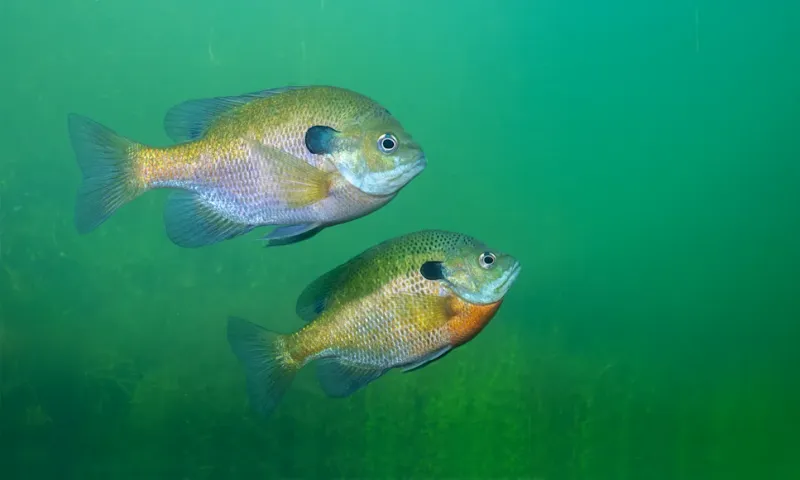
Late summer pushes the biggest bluegills into deeper basin areas where cooler water and abundant zooplankton create perfect conditions. Look for depths of 20-30 feet near the main lake basin.
Use your electronics to locate these deep schools. Vertical presentations with tiny tungsten jigs tipped with waxworms or eurolarvae work magic on these deep-water giants that many anglers never discover.

